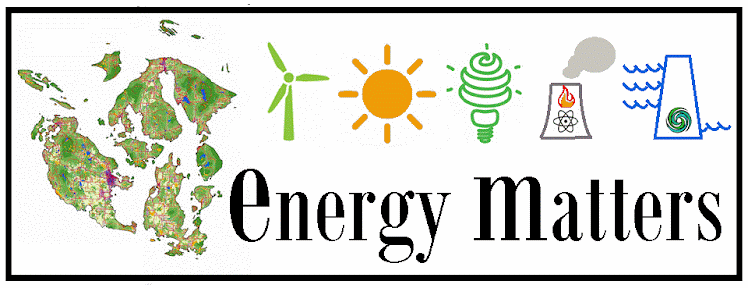Meet Reuben Deumling, Energy Detective Extraordinaire, our good friend who recently visited Lopez.

He has hawk eyes, honed to detect energy leaks. He snoops out excesses and has a persistent knack for tweaking appliances and dwelling so they require the least energy input. When it comes to killing waste, he is ruthless.
And the results? A 90% reduction in his household electricity use!
After implementing waste-cutting measures, he and his wife consume an average of only 9 watts/person (that’s less than a single efficient lightbulb). At OPALCO rates (excluding the $25.50/month fixed charge) that’s a household electricity bill of just $12 for the whole year!
How did he do it? Two words: curiosity and meters.
To Reuben, conservation is a fun challenge to satisfy his curiosity—how much energy do we really need to have a comfortable life?
Some people change light bulbs or buy energy efficient appliances. But Reuben took a broader approach. He started by reading his electric utility meter daily to track consumption in relation to different use patterns. This allowed him to tinker with specific devices and inspired him to be more conscientious about turning off unnecessary lights and appliances.
His detective work also revealed his fridge consumed a whooping 3 kilowatt-hours a day (1,095 kWh a year). He replaced it with a small fridge with a 413 kWh/year rating.
Then he added additional 3” of insulation to the freezer compartment and positioned the refrigerator so that the coils in the back stayed as cool as possible. The best performance Reuben’s fridge achieved was 98 kWh/year, a quarter of the rating!
Next, he used a “Kill-A-Watt” meter (made to monitor power usage of individual appliances) to ferret out phantom loads – power consumption in off/standby mode. Phantom loads can be eliminated by using a switched plugstrip, or unplugging devices not in use.
“It is about empowerment,” says Reuben, “We don’t need to wait for an expert to tell us what to do. We can figure it out ourselves by reading meters and experimenting.”
You might wonder what it would be like to live with someone as passionate about energy as Reuben. Me too. So I asked Diana, Reuben’s wife and mother of their 5-year-old daughter Isabel.
In a gentle voice she said, “I have felt challenged to change my old habits and learn new ways of doing things. But I share the same vision so I fully support what he does.”
Diana and Isabel seem perfectly normal. If they can do it, maybe so can we!
So…let’s become Energy Detectives.
I believe we can learn a lot by sharing with each other tips and encouragements – not only about electricity but gasoline, propane and water too. Share your stories with us at islandenergymatters@googlegroups.com and check out Reuben’s slides on conservation below. Have fun and save $$$!
(Written by Chom Greacen, the article will appear in the Islands Weekly next week.)


